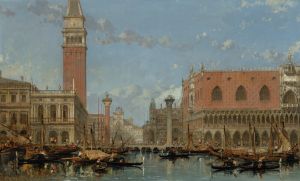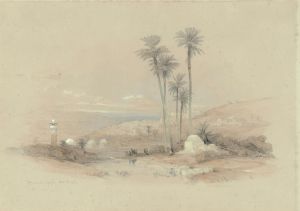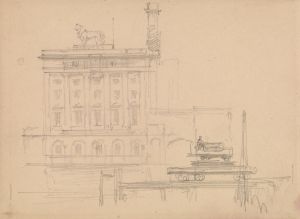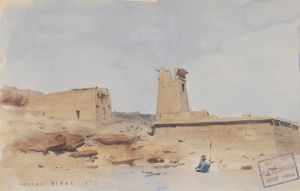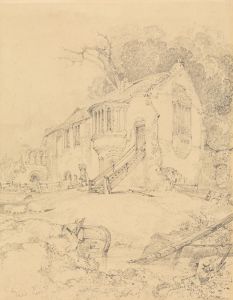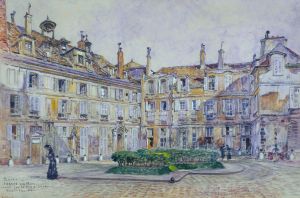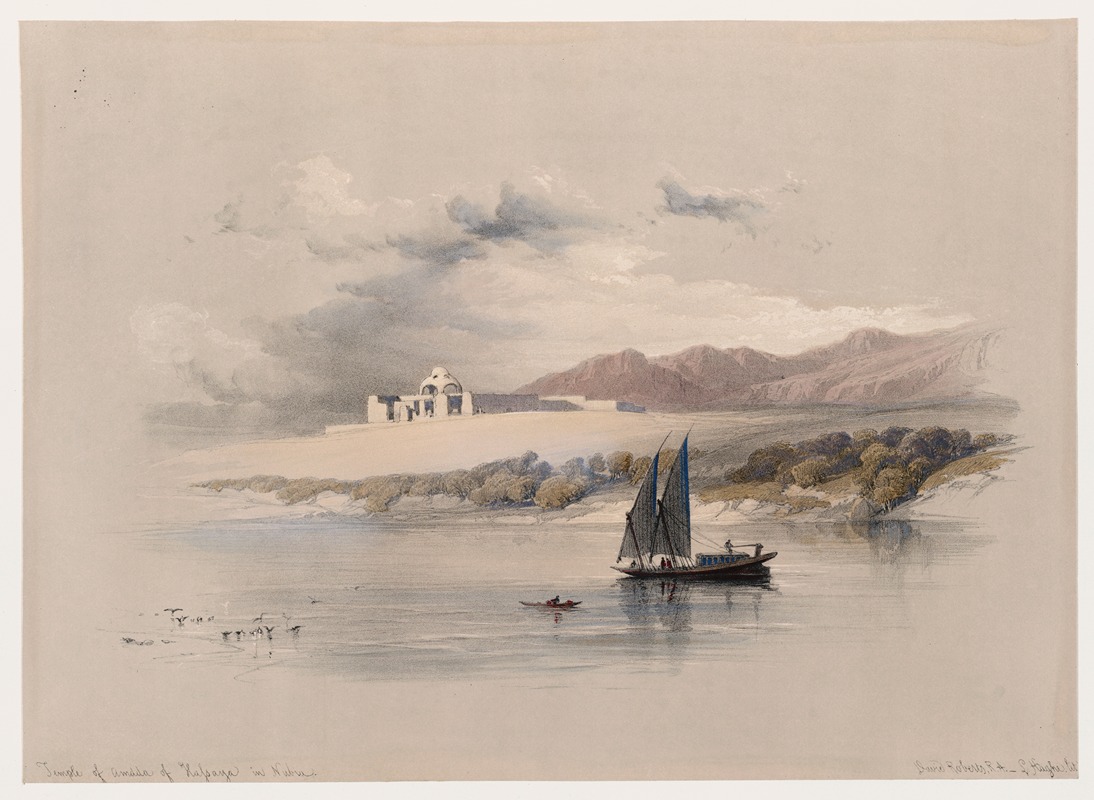
Temple of Amada of Hassaya in Nubia.
A hand-painted replica of David Roberts’s masterpiece Temple of Amada of Hassaya in Nubia., meticulously crafted by professional artists to capture the true essence of the original. Each piece is created with museum-quality canvas and rare mineral pigments, carefully painted by experienced artists with delicate brushstrokes and rich, layered colors to perfectly recreate the texture of the original artwork. Unlike machine-printed reproductions, this hand-painted version brings the painting to life, infused with the artist’s emotions and skill in every stroke. Whether for personal collection or home decoration, it instantly elevates the artistic atmosphere of any space.
"Temple of Amada of Hassaya in Nubia" is a painting by the Scottish artist David Roberts, who is renowned for his detailed and picturesque depictions of Middle Eastern and North African landscapes and monuments. Roberts created this artwork during his travels in Egypt and Nubia in the early 19th century, a period when European interest in ancient Egyptian culture was burgeoning.
David Roberts was born on October 24, 1796, in Stockbridge near Edinburgh, Scotland. He initially worked as a house painter and decorator before transitioning to theatrical scene painting. His artistic talents eventually led him to pursue a career as a professional artist. In 1838, Roberts embarked on a journey to the Middle East, traveling through Egypt, Nubia, the Sinai Peninsula, and the Levant. His travels were extensively documented through sketches and paintings, which he later used as the basis for a series of lithographs.
The "Temple of Amada" is one of the oldest surviving temples in Nubia, located near the modern-day border between Egypt and Sudan. It was originally constructed during the 18th Dynasty of the New Kingdom of Egypt, under the reigns of Pharaoh Thutmose III and his son Amenhotep II. The temple was dedicated to the gods Amun and Ra-Horakhty. Over the centuries, it underwent various modifications and additions by subsequent pharaohs, including Seti I and Ramesses II.
Roberts' painting captures the grandeur and historical significance of the Temple of Amada. His attention to architectural details and the surrounding landscape provides a vivid representation of the site as it appeared in the 19th century. The painting showcases the temple's pylon, columns, and hieroglyphic inscriptions, highlighting the intricate craftsmanship of ancient Egyptian builders and artisans.
Roberts' works, including "Temple of Amada of Hassaya in Nubia," were published in a series of lithographs titled "Egypt and Nubia," which were produced between 1846 and 1849. These lithographs were created by Louis Haghe, a prominent lithographer of the time, and were highly praised for their accuracy and artistic quality. The publication of these works played a significant role in popularizing Egyptian antiquities and architecture in Europe and contributed to the field of Egyptology.
David Roberts' paintings and lithographs remain valuable historical records of the sites he visited, many of which have since undergone significant changes or have been relocated due to modern developments, such as the construction of the Aswan High Dam. His artistic legacy continues to be appreciated for its contribution to the documentation and appreciation of ancient Egyptian and Nubian heritage.
In summary, "Temple of Amada of Hassaya in Nubia" by David Roberts is a significant work that captures the essence of one of Nubia's oldest temples. Through his detailed and accurate depiction, Roberts has provided a lasting visual record of this ancient monument, contributing to the broader understanding and appreciation of Egypt's rich historical and cultural legacy.





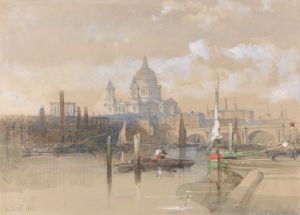
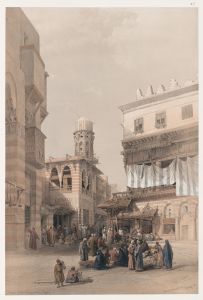
![Dendera [Dandara]. Dec. 7th, 1838.](/imgs/217475/s/david-roberts-dendera-dandara-dec-7th-1838-b9529a2b.jpg)
![Hager Selsilis [Gebel el-Silsila].](/imgs/217495/s/david-roberts-hager-selsilis-gebel-elsilsila-a0aad14c.jpg)
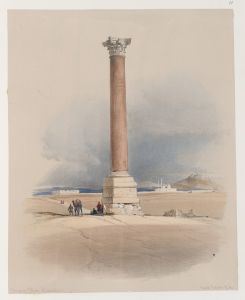

![Temple of Wady Kardassy [Qirtâsî] in Nubia.](/imgs/217550/s/david-roberts-temple-of-wady-kardassy-qirtasi-in-nubia-d2cce283.jpg)
![View from under the portico of the Temple of Dendera [Dandara].](/imgs/217571/s/david-roberts-view-from-under-the-portico-of-the-temple-of-dendera-dandara-cfe01457.jpg)
